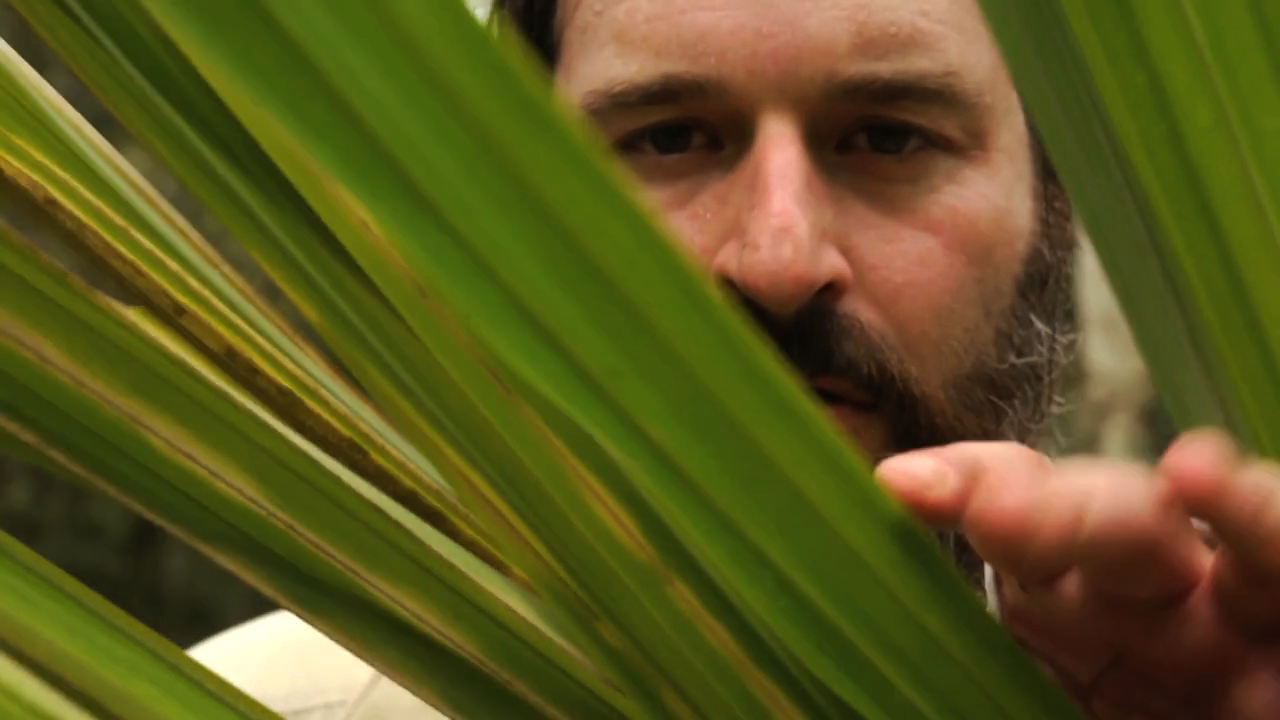Reviews & Commentary on Film Festival Screenings, Select New Releases and Contemporary Foreign Film.
Friday, November 7, 2014
Planet In Focus Film Festival Review - Dark Side of the Chew
Have you ever noticed this black round spots on the sidewalk. I handn't either until I saw Andrew Niskar's Dark Side of the Chew. Those black marks are gum or better described as discarded gum that has stuck to the sidewalk and discoloured over time. Chewing gum is the second largest form of litter on the planet behind only cigarette butts. Director Niskar's documentary takes a serious look at a favourite item from everyone's childhood diving into it's history, radical shift in its manufacturing in the late 50's and onto the financial and social impact of all those black marks on sidewalks in every city throughout the world.
Niskar begins his investigation by walking the streets of Toronto asking passerby if they are chewing gum at the moment to find that about half are. He next travels to Finland where the oldest piece of gum is stored. It's based on birch bark and dates back to 4000B.C. It was chewed around the fire at night by the people of the day. Next it's off to Mexico where chewing gum came from for the first part of the twentieth century. In the rainforest in southern Mexico grows the sapodilla tree that produces a rich white gummy latex called chicle or the original base for modern chewing gum.
The desire to chew gum was so great in the early part of the century that a stick of gum part of soldiers K rations during world war two. Gum was seen as a product that helped to lessen hunger, promote calmness and satisfy thirst. Due to the high demand the Sapodilla trees were over harvested leading to a dwindling supply. Therefore the gum manufactures led by Wrigley's found a new base subject Poli Iso Butane or in layman's terms plastic.
Over the second half of the documentary the focus shifts to the new form of chewing gum and the environmental and potential health hazards from the switch. Other ingredients such as poll vinyl acetate and aspartame which contains wood alcohol and formaldehyde are discussed. One of the most frightening points in this section is that cases of comprimised neurological pathways found during research.
The film also explores the marketing angle. Gum companies don't sell what's in their product they instead trumpet how the product makes you feel. Most marketing focuses on the fresh breath aspect and how that leads to confidence in any situation. They also point to the belief that gum can help you concentrate, help with memory and reduce indigestion. Niskar completes a fun if not unscientific study to measure the concentration claim.
Lastly Niskar delves into the real environmental concern with the refuse that is a used stick of gum. Now that a stick of gum is plastic based it does not break down naturally. It is also small enough that in small bead form it seeps into it ends up in lakes and rivers leading to consumption by wildlife who often mistake it for food. There is also the manpower and tax dollar cost for cities and they attempt to power wash the black dots off sidewalks. A telling point is that one of the sites against gum chewing is called stop chewing oil.com. Another is that one of the few places where gum chewing is strictly banned is Disney World.
Dark Side of the Chew is an informative and enlightening look at an everyday ordinary topic much like Niskar did with his prior documentary feature Garbage. The film presents the science and facts in a light, funny engaging manner. It's a film that I can recommend and will for sure have the viewer pay attention to the dark circular spots on the sidewalk for at least the first couple of days after viewing the film.
*** out of 4
Dark Side of the Chew | Andrew Niskar | Canada / Mexico | 65 minutes.
Tags: Wrigley's, Rain forest, Sapodilla Tree, Plastic, Poli Iso Butane, Poli Vinyl Acetate, Formaldehyde
Subscribe to:
Post Comments (Atom)


No comments:
Post a Comment